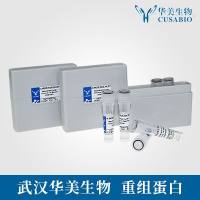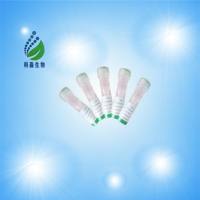Cellular and organism aging have been correlated with accumulated DNA damage (1 ,2 ). 8-oxo-7,8-dihydrodeoxyguanine (8-oxoG or GO) is one of the most stable products of oxidative DNA damage. The formation of GO in DNA, if not repaired, can lead to misincorporation of A opposite to the GO lesion and result in G:C to T:A transversions (3 –6 ). In Escherichia coli , a family of enzymes, MutY, MutM, and MutT, is involved in defending against the mutagenic effects of GO lesions (7 –9 ). The E. coli MutY is an adenine glycosylase active on DNA containing A/GO, A/G, and A/C mismatches (7 ,10 –15 ) and also has a weak guanine glycosylase activity on G/GO-containing DNA (15a ,15b ). MutY removes misincorporated adenines paired with GO lesions and reduces the GO mutational effects. The 39-kDa MutY protein from E. coli is an ironsulfur protein. The MutY protein was shown by Tsai-Wu et al. (16 ) to have both DNA glycosylase and apurinic/apyrimidinic (AP) lyase activities. Recent results show that MutY and the N-terminal catalytic domain can be trapped in a stable covalent enzyme-DNA intermediate in the presence of sodium borohydride (17 –19 ) and support that MutY contains both DNA glycosylase and AP lyase activities. The DNA glycosylase activity removes the adenine bases from the A/GO, A/G, and A/C mismatches (16 ) and the AP lyase activity cleaves the first phosphodiester bond 3′ to the AP site (12 ,16 ). Apparent dissociation constants are 0.066, 5.3, and 15 nM for A/GO-, A/G-, and A/Ccontaining DNA, respectively (20 ).






